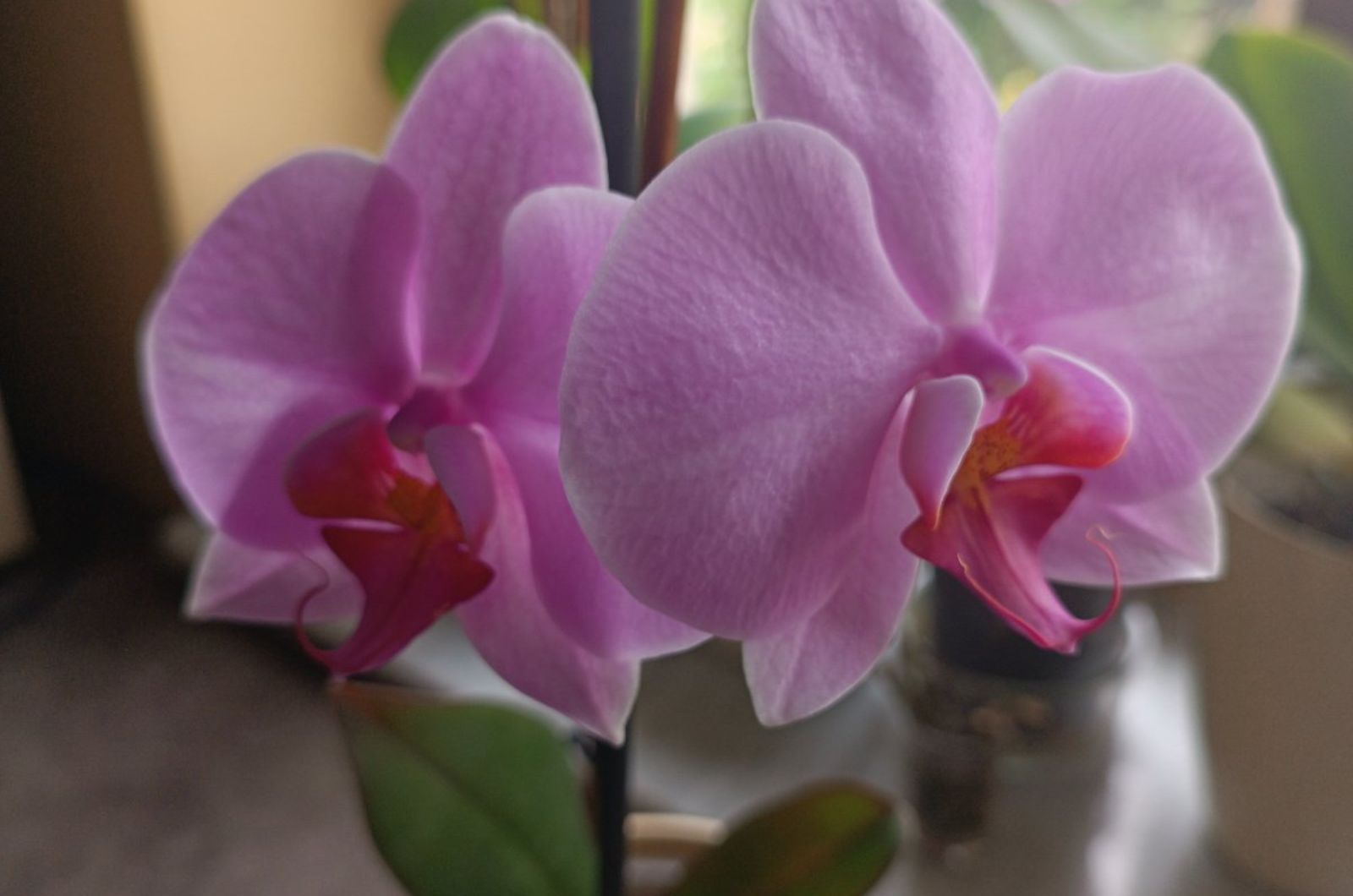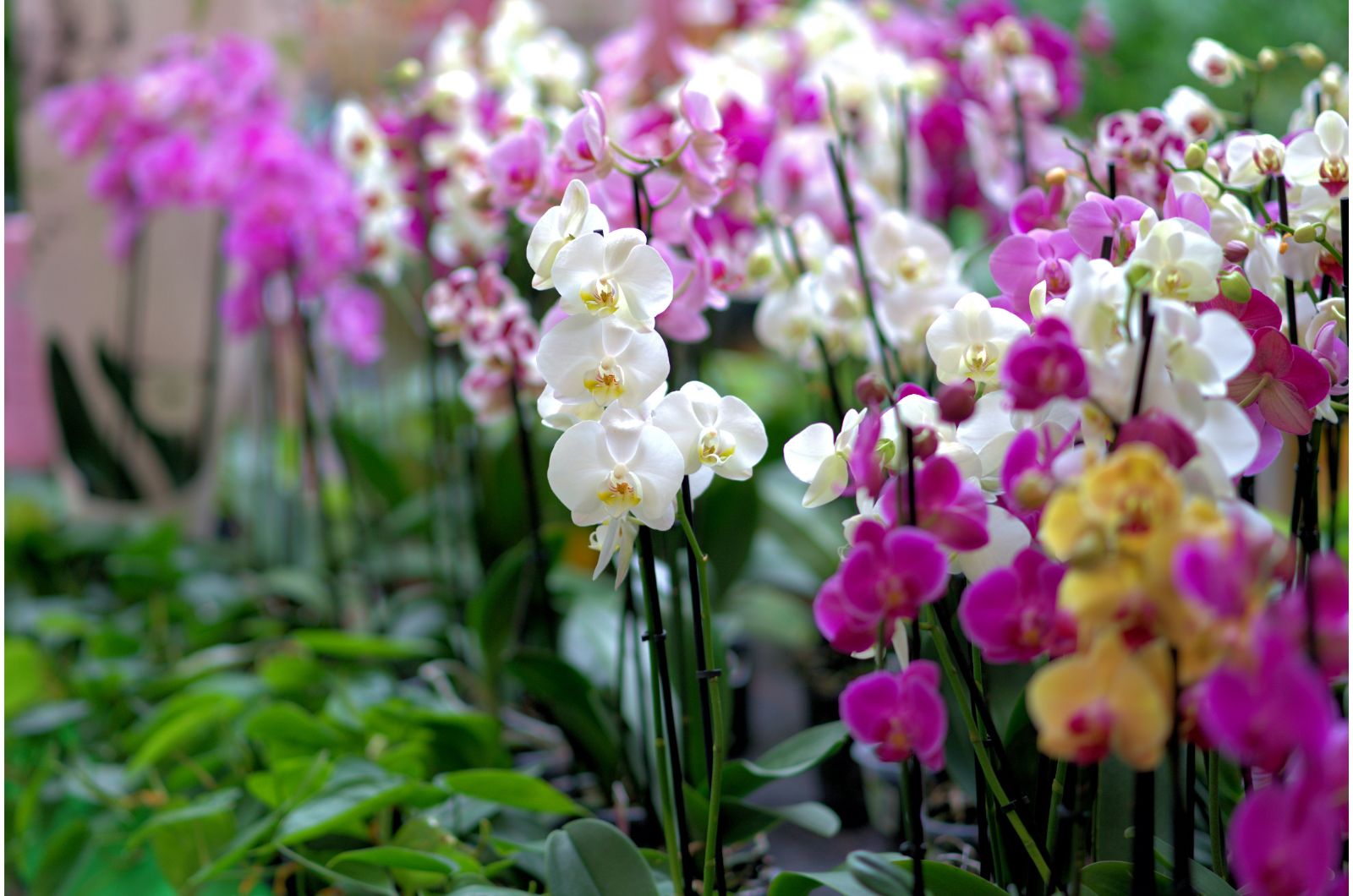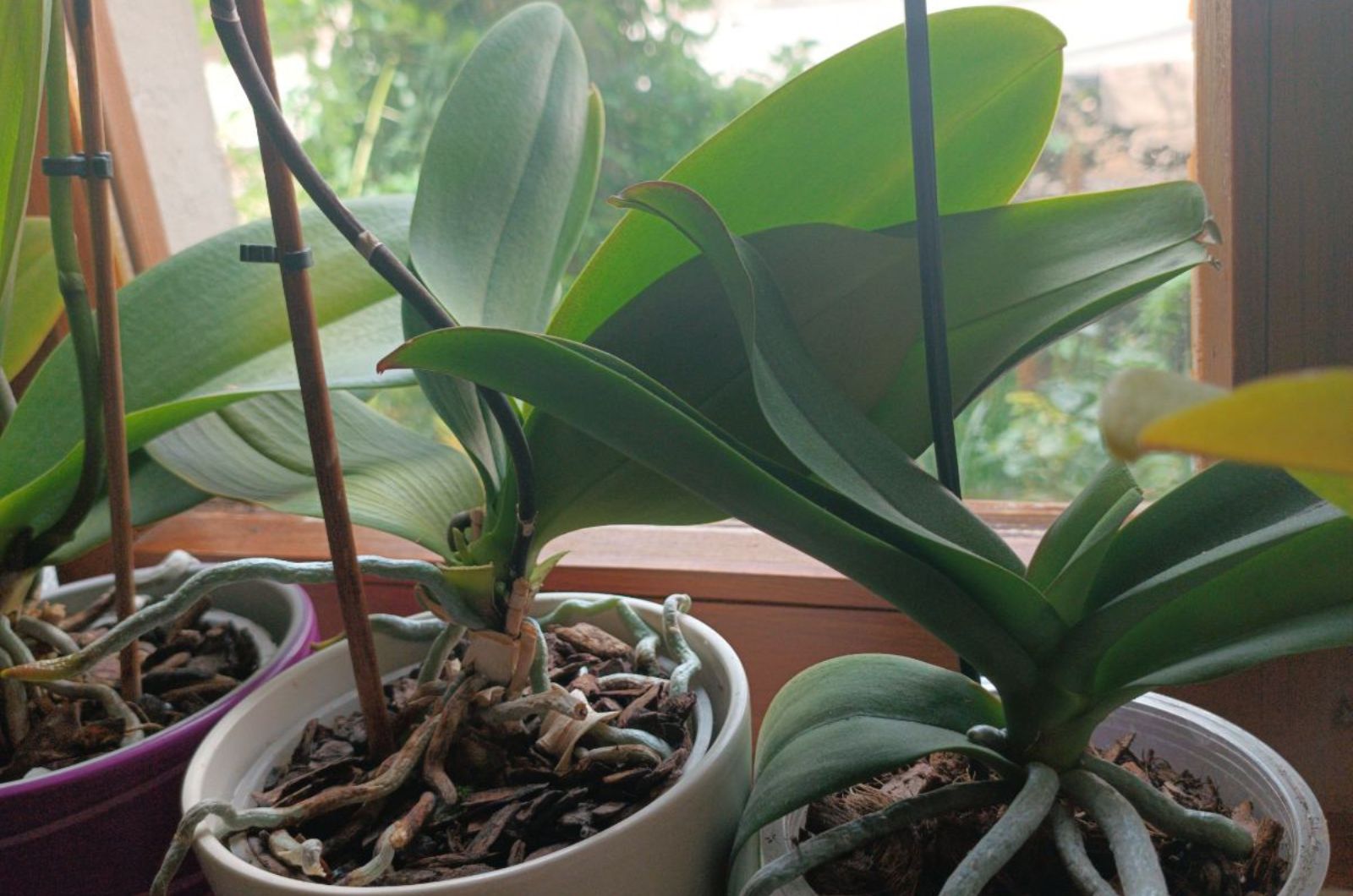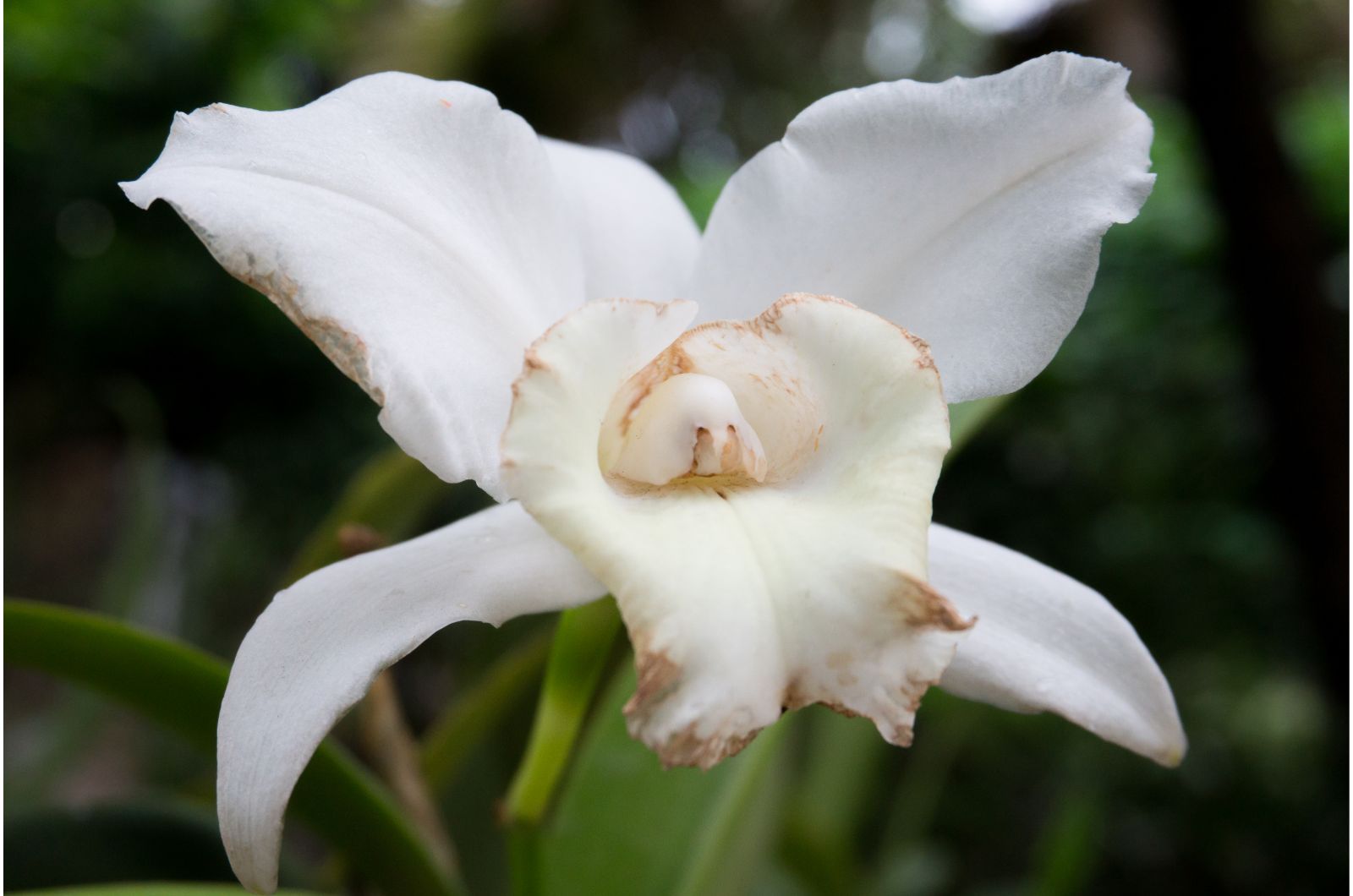Although orchids are one of the most demanding plants to grow indoors, they are totally worth the trouble. With over 30,000 orchid species to choose from, there’s a perfect match for everyone!
Don’t be scared if you are new to gardening. Some orchids, like the popular moth orchids, are surprisingly beginner-friendly. Just imagine being surrounded by a magnificent variety of orchid species, each with its own unique color and charm.
In this article, we are going to tell you all of our secrets about taking care of orchids. So, let’s dive in!
What Are Orchids?
Orchids are special flowering plants that bloom twice a year for 30 to 45 days. Their flowers have solid and vibrant colors, such as purple, white, and pink, although there are some with unique variegations, too!
For instance, my Swan orchid is yellow with darker spots all over the petals.
These lovely plants come from all around the world. They are epiphytes, which means that they would rather climb over other plants instead of growing in the ground.
Some orchids can live for years and even decades, but this completely depends on the type of orchid.
Read also: Terrestrial Orchid Species And The Best Way To Grow Them
Orchid Plant Care
You won’t see any dying orchids if you take good care of them. Even though we might make it sound like a big deal, their growing requirements are really not that complicated.
Let’s see what the actual deal is.
Soil Requirements
Since we are dealing with epiphytes, we have to grow them in soilless media with proper drainage. You can plant them in coco coir, LECA pebbles, perlite or vermiculite, orchid bark, sphagnum moss, and more.
You can combine these materials or utilize them separately. For instance, bark ensures sufficient aeration while sphagnum moss and coco coir maintain moisture and nutrients.
Of course, every orchid has slightly different tastes so make sure to do your research and figure out what soil your orchid requires.
Water Requirements
Let the top few inches of the growing medium dry out before watering your orchids. In case that you are growing it in a transparent container, you can always see its roots and water it as needed.
When the roots of an orchid turn silver-green, they want more moisture; but, if they are still bright green and swollen, you should wait a few days before watering.
Watering issues are the reason why the orchid’s stem might turn yellow, so make sure not to give your plant more water than it requires.
Although some use ice cubes for their orchids, we don’t recommend that because it might cause temperature shock. Use lukewarm water instead.
Temperature Requirements
Most orchid plants do best in temperatures around 65 degrees Fahrenheit at night and around 75 degrees Fahrenheit during the day. Of course, this can vary depending on the type of orchid that you are growing.
You should also keep the plant well away from radiators, fire pits, and other heat sources, as well as away from cold winds, air conditioners, and vents.
Light Requirements
Orchids prefer growing in bright, indirect sunlight. They can withstand a certain amount of direct sunshine, but too much can burn the leaves.
Place your orchids on east- or south-facing windows so that they receive the amount of light they require.
If you live in a north-facing property, consider utilizing some artificial lighting because low light conditions will harm your plants.
Humidity Requirements
Orchids thrive in humid environments, which is why you should keep the humidity levels above 50%. You can either buy a humidifier or bring your plant to the bathroom when you shower so that it gets the steam it needs.
You might also consider creating a pebble tray that can slightly increase the humidity levels. Here’s how you do it:
Fertilizer Requirements
It is important to give your orchids the nutrients they need. You should feed your plants with orchid fertilizers during the growing season. Please follow the instructions displayed on the packaging.
You should flush or replace the growing media more frequently, but you can fertilize them once per week with a mild solution.
After they start blooming, they won’t need as much fertilizer anymore. If you use too much fertilizer, the plant’s roots might burn, which affects its overall health.
Pruning
The good news is that this orchid doesn’t require frequent pruning. To promote flower production, you can take out the dried-up flower spikes.
To maintain health, trim any damaged or dead roots and stems. In order to create more space for strong stems, remove weak and small new growth.




